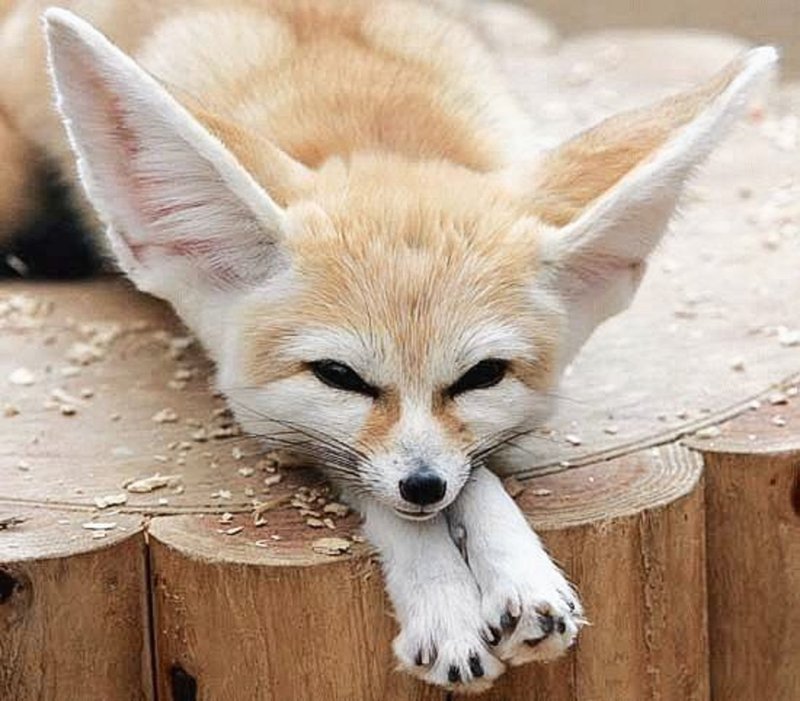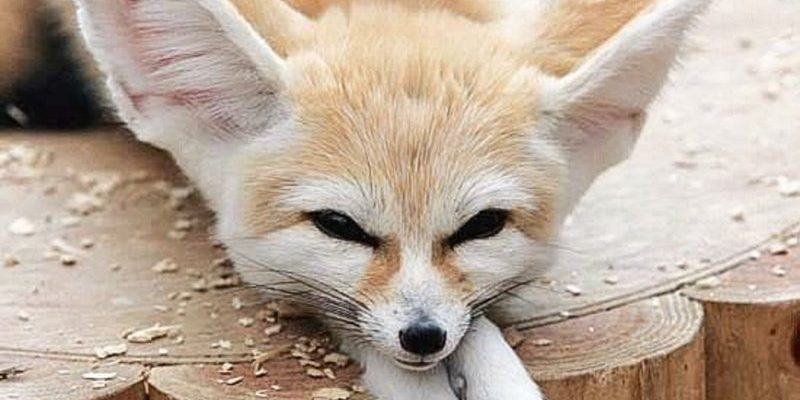
Picture the desert as a finely tuned machine. Each animal and plant has a job, like gears in a clock. The fennec fox, with its unique adaptations and lifestyle, is one of those key gears. From keeping the population of insects in check to serving as prey for larger predators, the fennec fox holds a special place in this harsh environment. So, what exactly do they do, and why should we care? Let’s dig deeper into the fennec fox’s role in its ecosystem.
Understanding the Fennec Fox
The fennec fox, *Vulpes zerda*, is native to the northern African deserts, particularly the Sahara. What makes them stand out? Well, aside from their large, bat-like ears that can reach up to six inches long, they’re also the tiniest fox species in the world, weighing in at just 2 to 3.5 pounds. Those big ears aren’t just for show— they help dissipate heat and provide excellent hearing to detect prey underground.
You might be wondering what they eat. Fennec foxes are omnivores, munching on a variety of foods from insects and rodents to fruits and plants. Their diet plays a critical role in controlling insect populations, which can otherwise explode during certain seasons. By keeping these populations in check, fennec foxes help maintain a balance in their sandy home.
The Fennec Fox as a Predator
As predators, fennec foxes are efficient hunters. They spend their nights actively searching for food, which makes them nocturnal. You could say they’re like the nighttime guardians of the desert, keeping things in check.
Their primary prey includes insects, small rodents, and even rabbits. With their keen sense of hearing, fennec foxes can find worms or insects burrowing underground. They dig with their strong front paws, effortlessly unearthing a midnight snack. This hunting behavior helps control the populations of these smaller creatures, preventing overpopulation which can lead to resource depletion.
What’s really interesting is that fennec foxes are also opportunistic feeders. When food is scarce, these crafty little foxes won’t hesitate to eat fruits or roots they find. This adaptability not only helps them survive but also influences the types of plants that grow in their habitat.
Keeping the Balance: Fennec Foxes and Ecosystem Health
Ecosystems thrive on balance, and every creature has its part to play. The fennec fox contributes to this balance in several ways, impacting the health of their environment. By controlling insect populations, they help promote plant growth, as fewer pests mean less damage to flora.
Moreover, as fennec foxes hunt, they inadvertently help disperse seeds. When they eat fruits, they often pass the seeds through their bodies and drop them in different locations. This process encourages plant diversity, which in turn supports a variety of other wildlife. It’s like a little gardening service that these foxes provide without even realizing it!
Additionally, as prey for larger predators such as snakes, birds of prey, and hyenas, fennec foxes are an essential link in the food chain. If their populations were to decline, it could create a domino effect, impacting other species and the entire ecosystem.
Fennec Fox Adaptations
Adapting to desert life isn’t easy, but fennec foxes do it remarkably well. Their large ears, aside from providing excellent hearing, help them regulate body temperature. By dispersing heat, they can stay cool even on the hottest days, allowing them to thrive in an environment with such extreme temperatures.
Their thick fur also plays a significant part in their survival. It keeps them warm at night when temperatures can plummet. Plus, their sandy-colored coat acts as camouflage, helping them blend into their surroundings. This means they can stalk their prey without being easily spotted or become targets themselves.
On top of that, fennec foxes have specially adapted paws that allow them to walk on hot sand without burning their feet. These adaptations show us how incredibly resilient these little creatures are, making them perfectly suited for life in the desert.
The Threats Facing Fennec Foxes
Despite their unique adaptations, fennec foxes face several threats. One of the biggest challenges is habitat loss due to human activities, such as urbanization and agriculture. As humans expand into their territory, these foxes lose their homes and sources of food.
Additionally, poaching for the exotic pet trade poses a significant risk. Fennec foxes are adorable, and their soft fur and playful nature can make them appealing as pets. However, keeping them as pets can disrupt their natural behavior and lead to health issues. The more fennec foxes are removed from the wild, the more their populations suffer.
Conservation efforts are crucial to protect these fascinating animals and their habitats. By raising awareness and supporting initiatives that aim to preserve their environment, we can help ensure that the fennec fox continues to thrive in the wild.
The Importance of Conservation
Conserving the fennec fox and its ecosystem is not just about saving one species; it’s about protecting the entire web of life that depends on its presence. Healthy ecosystems contribute to biodiversity, which is vital for the resilience of our planet. When one species is threatened, it can endanger others, leading to a cascade of effects.
There are many ways to get involved in conservation efforts. Supporting wildlife organizations, educating others about the importance of the fennec fox, and advocating for policies that protect their habitats can all make a difference. Every action counts, no matter how small.
By taking steps to preserve the fennec fox and its environment, we can help ensure that future generations can experience the magic of these remarkable animals.
The fennec fox plays a vital role in the desert ecosystem, helping to maintain balance and promote biodiversity. From controlling insect populations and dispersing seeds to providing a food source for larger predators, these tiny foxes are a key player in their environment. By understanding their significance and supporting conservation efforts, we can help protect not just the fennec fox, but the entire desert ecosystem. So, the next time you hear about this adorable little creature, remember—it’s not just cute; it’s essential.

